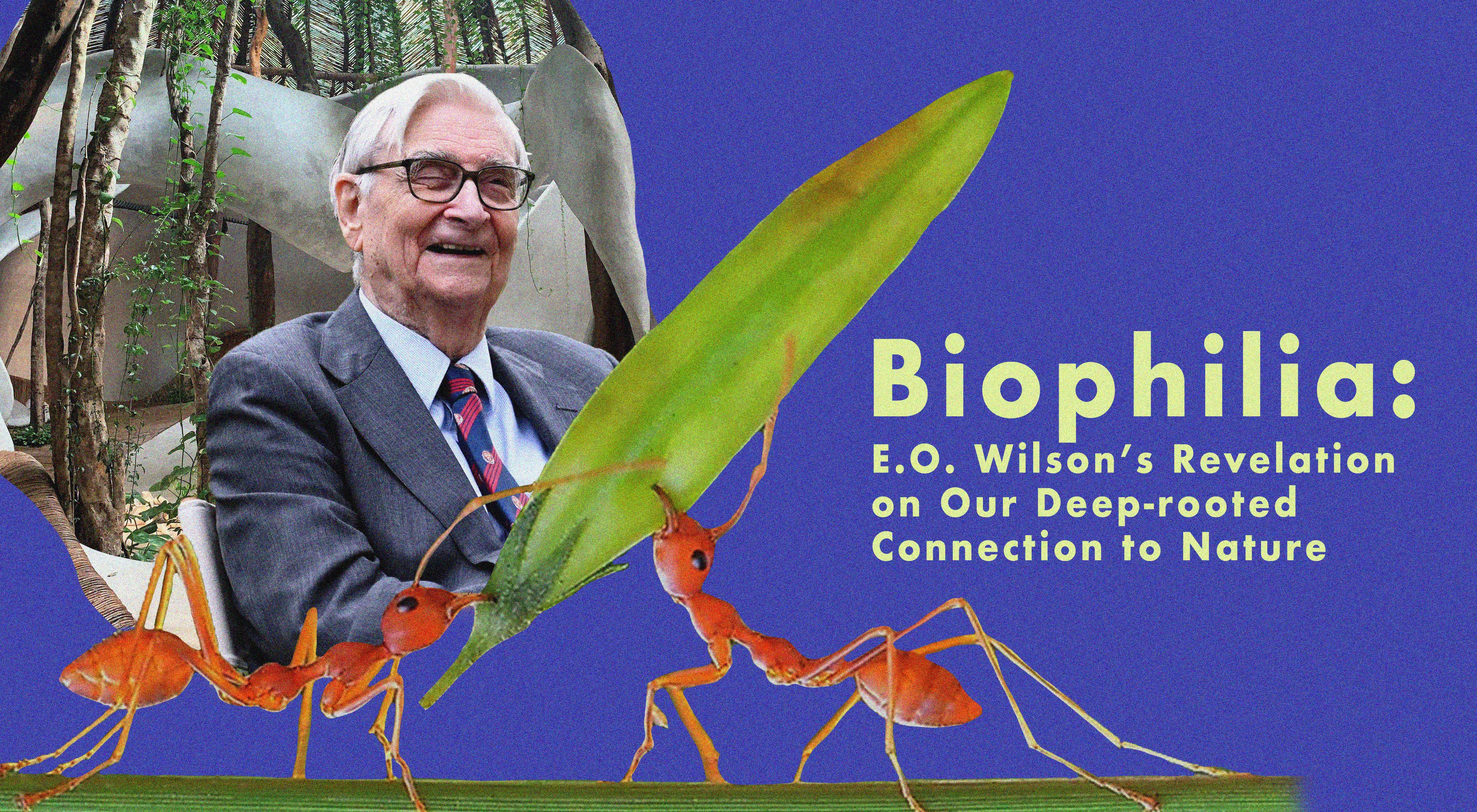Nature is a tapestry of intricate relationships, interdependencies, and wonders waiting to be explored. Edward O. Wilson, a distinguished biologist and naturalist, embarked on a journey that would forever change our understanding of the natural world and our place within it. His study of ants not only shed light on the complexity of these tiny creatures, but also led to a groundbreaking discovery known as biophilia – the innate human connection to nature.
From an early age, E.O. Wilson found himself captivated by the world of ants. Exploring the forests of Alabama, he observed these social insects meticulously, uncovering the intricacies of their behavior and social structures. Wilson's groundbreaking research revealed that ants are not mere solitary creatures but instead thrive through cooperation, division of labor, and intricate communication systems within their colonies. His studies on ants laid the foundation for a broader understanding of social behavior in the animal kingdom.
Building upon his research, Wilson expanded his scope to explore the broader concept of sociobiology. By drawing parallels between the social organization of ants and that of humans, Wilson postulated that social behavior is deeply rooted in our biology and evolutionary history. His work suggested that fundamental similarities exist in how social structures, communication systems, and cooperation shape both ant and human societies.
As Wilson delved deeper into sociobiology, he began contemplating the profound connection between humans and the natural world. Inspired by his observations of ants and their intricate relationships with their environment, he introduced the concept of biophilia. Biophilia posits that humans possess an innate affinity for nature, shaped by our evolutionary past. Wilson proposed that this deep-seated connection to nature is integral to our well-being and is evident in our physical, emotional, and psychological responses to natural environments.
Wilson's concept of biophilia has been expanded upon by countless researchers since with incredible discoveries about the scale of impact it has on us. The biophilia hypothesis has far-reaching implications for various fields, including architecture, urban planning, and environmental conservation. Biophilic design, inspired by Wilson's ideas, promotes the integration of natural elements into the built environment. Incorporating features such as natural lighting, indoor greenery, and access to natural landscapes creates spaces that resonate with our biological predispositions, leading to enhanced well-being, increased productivity, and improved cognitive function.
Wilson's concept of biophilia has sparked a global movement towards creating nature-inspired spaces that nourish our innate connection with the natural world. From office buildings with rooftop gardens to hospitals and mourning spaces with healing gardens, biophilic design is transforming our built environments into havens that nurture our physical and mental health. Further, embracing biophilia principals fosters a greater appreciation for nature, leading to sustainable practices and environmental stewardship.
The concept of biophilia has become a driving force behind the creation of nature-inspired spaces that enhance our lives, promote sustainability, and foster a harmonious relationship between humans and the natural world. E.O. Wilson's contributions continue to inspire us to nurture our biophilic connection and work towards a future where the built environment seamlessly integrates with the wonders of nature.

